Downloadable content, or DLC, has become one of the cornerstones of the video game industry. Today, it’s expected that every AAA title will eventually receive additional content months after launch. New games for PC, PS4, and Xbox One often cost more than US$ 40, and the extra content typically requires players to pay an additional US$ 5 to US$ 20 .
Like any industry, video games are driven by profit. DLC (whether it’s skins, additional characters in fighting games, or entirely new storylines) has become the easiest way to continue generating revenue after the initial hype around a game dies down.
Some people see a problem with the current DLC model. Many believe that some DLCs are actually pieces of the main game that were cut out and sold separately, with DLC planned in advance to fill intentional gaps and extract more money from players after their initial purchase. But have you ever wondered what was the first DLC ever released?
Let’s explore the history of DLCs, their impact on the gaming industry, and how they’ve shaped the player experience. And if you have any questions, just leave a comment.
The First DLC
Back in the 1980s, people mostly played games on the Nintendo Entertainment System, Sega Master System, and later on the Super Nintendo, Sega Genesis (Mega Drive), Nintendo 64, and PlayStation.
These consoles didn’t have Internet access (there were some accessories like the Mega Net, but that wasn’t really the purpose), so the games you bought stayed the same as when they were released. The initial version was the final version — unlike today, where many games receive weekly updates. Not only were there no patches for consoles in the 1990s, but the content itself was unchangeable. What you bought was the complete and final product.
So what exactly does downloadable content usually offer? Depending on the game, it can include new characters, items, areas, or game modes. Tracing the evolution from early PC expansion packs to modern digital content sheds light on the pros and cons of DLC for game content, players, and the industry as a whole.
Older expansion packs often included most, if not all, of those elements. One way to understand how DLC evolved is to go back and look at the expansion packs released for PC games in the 1980s.
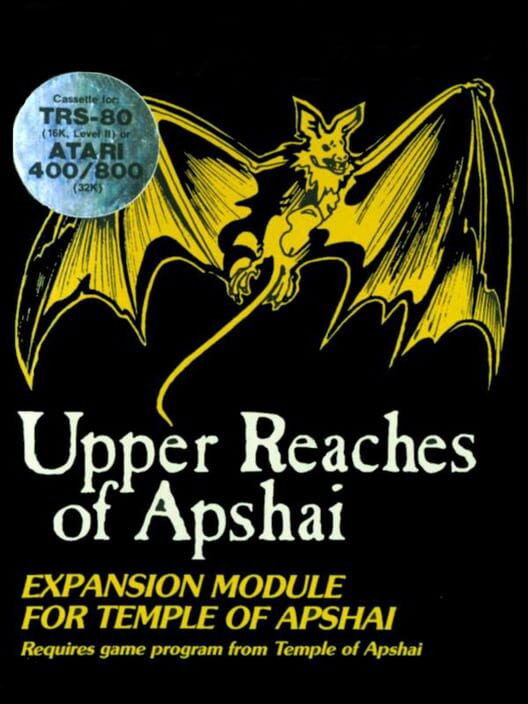
The earliest known example of purchasable additional content goes back to the early 1980s with Dunjonquest: Upper Reaches of Apshai. This add-on introduced new areas to explore, set in urban environments like taverns, temples, and castles. The story took place above the dungeons from the original game, expanding into the city that surrounded the main game's underground setting.
We can also consider Sonic & Knuckles, released in 1994, as an early form of DLC. It’s well-known that SEGA split the originally planned game into two, dividing the stages between two cartridges and introducing “Lock-On” technology. This allowed players to connect a Sonic the Hedgehog 3 cartridge on top of Sonic & Knuckles, essentially merging the games back into one complete experience.
By the mid-1990s, expansion packs became more viable for companies and more appealing to players, paving the way for the modern DLC model on both PC and consoles.
The Rise of Modern DLCs
For PC gamers of the time, updates and extra content were possible, but the internet in the 1990s was a far cry from what it is today. Platforms like Amazon and Steam were still in conceptual stages.
To get extra content, you had to visit a computer store, go to Santa Ifigênia Street (a well-known electronics district in São Paulo), or shop at a bookstore like Saraiva. That effort meant that expansion packs needed to offer enough content to justify a separate purchase. A few extra maps or small tweaks wouldn’t cut it.
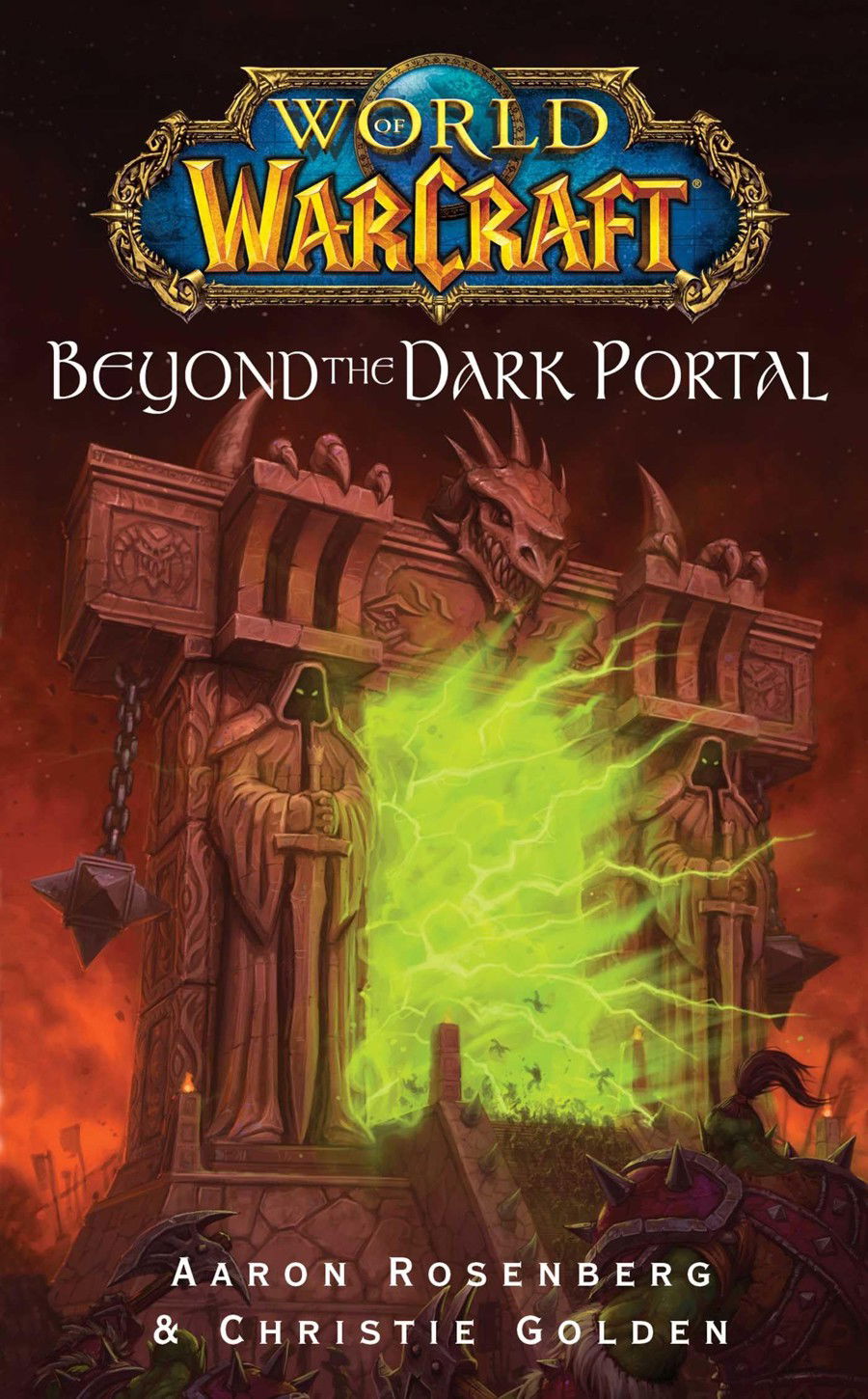
One of the most notable early examples of DLC came to PCs in 1996 with Warcraft II: Beyond the Dark Portal, an expansion pack for the acclaimed Warcraft II: Tides of Darkness, released in 1995. This marked the beginning of a trend that Blizzard would continue with many of its future titles. The Warcraft series played a key role in establishing Blizzard as a major name in gaming. Before World of Warcraft, the franchise was known as a real-time strategy (RTS) series.
Warcraft II was praised for its engaging gameplay and impressive graphics for its time, along with a lengthy single-player campaign and an easy-to-use map editor. Its visual style and voice acting added to the game’s unique atmosphere. But what really grabbed players’ attention was its online multiplayer, one of the first to make a significant impact on the PC gaming scene.
A GameSpot review of the Warcraft II expansion showed it was well received at launch: “More challenging and more diverse than its base game, Beyond the Dark Portal proves once and for all that you can never have too much of a good thing.”
Indeed, Beyond the Dark Portal is a prime example of a DLC that delivered exactly what players wanted from an expansion: a darker, more intense campaign that continued the main game’s story in a meaningful and compelling way.
Isn’t that what all DLC should strive for? To deliver a memorable experience that builds on the original game?
The Current State of DLC
As downloadable content, or DLC, became more widespread, some companies saw it as a way to generate extra revenue from already released games. However, developing new stories, levels, characters, and meaningful features takes significant time and resources and doesn’t always bring the expected profit. For that reason, many began offering less meaningful content at increasingly higher prices. At the same time, platforms like Steam and faster internet speeds made delivering downloadable content much easier. There was no longer a need to “make the trip to the store” to access new game material.
The Elder Scrolls IV: Oblivion, developed by Bethesda Softworks, was one of the first games to offer what many considered a “pointless” DLC: the infamous “Horse Armor” pack. It became one of the earliest and most talked-about examples of purely cosmetic content, allowing players to purchase decorative armor for their horse (armor that served no actual purpose or offered any protection).
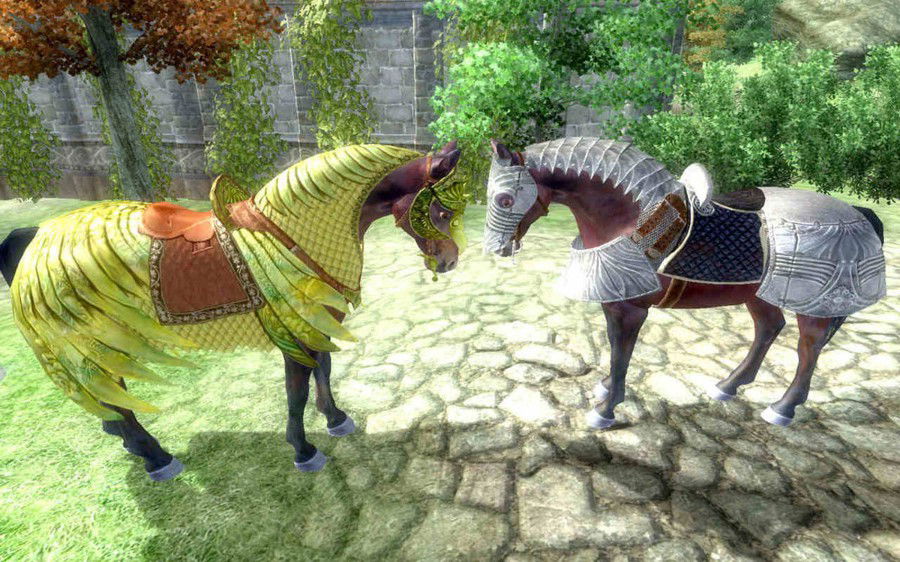
Even though it only cost a few dollars, many players viewed it as a concerning trend, moving away from the idea that additional content should either expand the original game or offer something of value.
To be fair, many of Bethesda’s other DLCs, such as Shivering Isles, did meet the expectations of what a solid expansion pack should offer. Still, Oblivion’s horse armor became the go-to example of what not to release as paid content.
Another disappointing example was seen with Sonic Lost World for the Nintendo Wii U and 3DS. As a pre-order bonus, players received 25 extra lives. That was it: just 25 lives, in a game where collecting 100 rings (as in every Sonic game) grants you an extra life anyway. It was a completely unnecessary bonus.
This kind of content would likely have been insulting to players in the pre-digital era. Imagine having to leave your house just to buy 25 extra lives. Even if it had been free, releasing such content years earlier would still have raised eyebrows.
Today, with how accessible content has become on both PC and consoles, it’s incredibly easy to open a game’s menu and make a quick, impulsive purchase for a small item. This kind of “impulse buy” behavior wasn’t really possible before platforms like Steam, Xbox Live, and similar services existed.
While Bethesda received some mockery for the “Horse Armor” DLC, Electronic Arts (commonly known as EA) faced far more intense criticism for its DLC practices. EA adopted Steam’s distribution model and launched its own platform called EA Origin. Like Steam, it offered a digital storefront for downloading EA games. However, what frustrated many gamers was EA’s heavy use of season passes and battle passes.
These season passes often cost nearly as much as the base game and provided access to future DLC content, essentially asking players to pay in advance for unreleased content. EA was heavily criticized for this model, which many saw as planning paid DLC from the start of development and intentionally withholding content to sell it later.
A major EA release in 2015, Star Wars Battlefront, was a visually impressive game that captured the tone of the Star Wars universe. However, many players had issues from day one. To enjoy the full experience, they felt pressured to buy the expensive season pass. Frustration grew even more when a sequel was announced while the original game’s season content was still ongoing.

The Sims franchise has also been heavily criticized for its DLC practices. Each new expansion, DLC, or content pack often includes features that many believe should have been in the base game. One widely criticized example was The Sims 4: Cats & Dogs, which added cats and dogs. Months later, EA released The Sims 4: My First Pet Stuff, a DLC for the DLC that included guinea pigs and matching furniture, items that many felt belonged in the original expansion.
A more blatant example came from Dragon Age: Origins, where characters in the game would actually prompt players to purchase DLC. The content was already included in the original release but was locked behind a paywall.
EA isn’t the only publisher facing backlash. Capcom has also received criticism, particularly for how it handles releases in the Street Fighter series. Many fans now wait for the definitive edition of the game, knowing that characters and new versions (like Alpha, Turbo, Champion, and so on) are released regularly over time.
As mentioned earlier, even though Bethesda’s “Horse Armor” became a symbol of shallow DLC, the studio has also delivered content that met player expectations—add-ons that expand the base game or provide substantial value, not just a reskin or minor upgrade.
The Witcher 3: Wild Hunt, developed by CD Projekt Red, is a standout example of DLC done right. Its expansions have been highly praised and are often cited as the gold standard for what additional content should strive to be. Many consider the Blood and Wine expansion to be more than just DLC; it feels like a full game in itself.
While much of the criticism is aimed at companies that pre-plan DLC content and implement season passes, the reality is that video games are still a business. DLC generates massive revenue. For companies like EA, it can be more profitable than selling the base game itself. Still, the growing negativity surrounding DLC, season passes, and content that feels deliberately withheld doesn’t reflect the entire state of the industry.
In the End, It’s About Quality
The evolution of expansion packs, season passes, and downloadable content is closely tied to the rise of digital distribution. This shift transformed how content is delivered to players. Like any major change, it comes with both advantages and downsides.
Today, anyone with a stable internet connection can purchase and download a new title on release day. Quality expansion packs like those seen in older Blizzard PC games are not relics of the past. The Witcher 3: Blood and Wine proves that well-crafted DLC still exists. Unfortunately, the market is also full of underwhelming content that many consider harmful to the industry; a cynical approach to extracting more money from consumers.
Ultimately, what the history of DLC shows is that good downloadable content isn’t just about how it’s delivered. What matters most is the time, effort, and care put into its creation. Given the high profitability of DLC, it’s unlikely that companies will change their strategies any time soon.
Can this be changed? Yes! Players should demand that additional content adds real value to the original experience. More importantly, DLC should reflect the developers’ respect for their audience.
And what about you? Leave a comment and let’s talk about it.









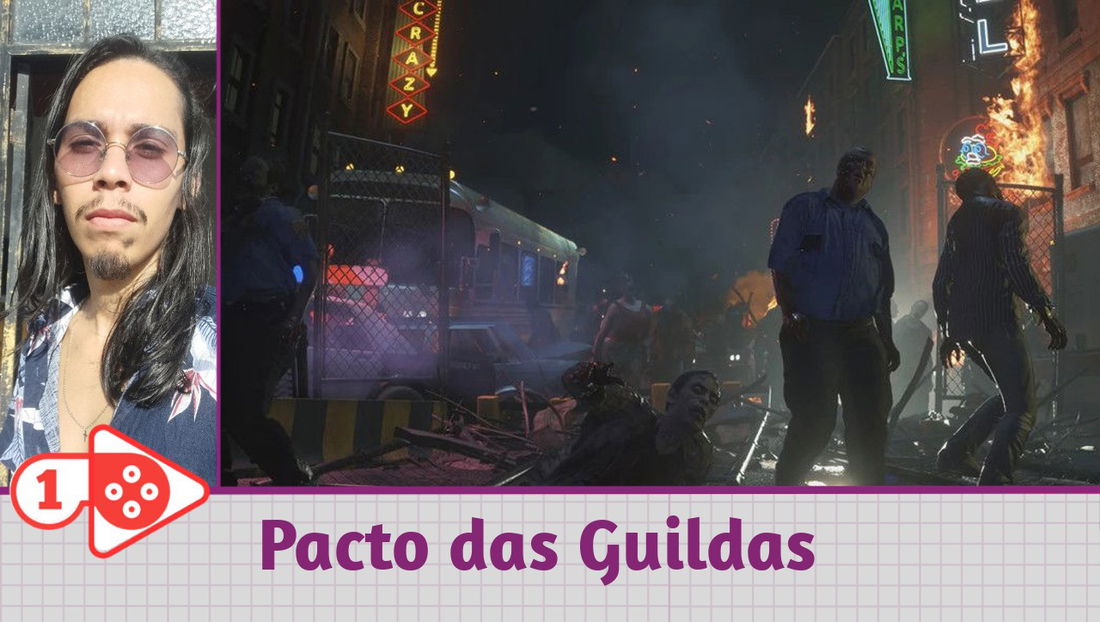
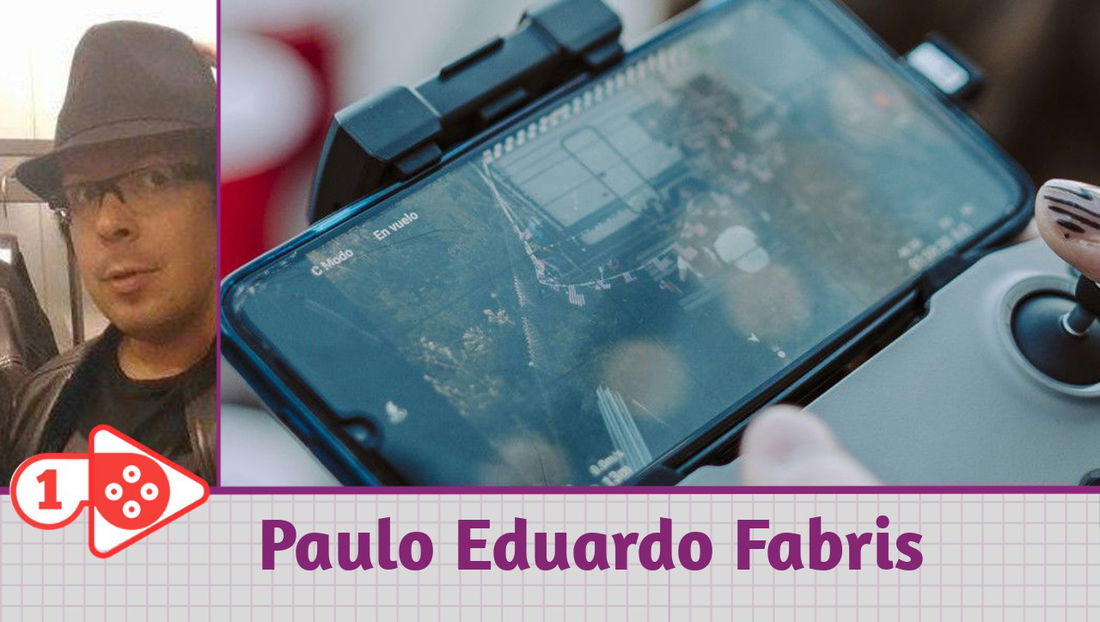

— Comments 0
, Reactions 1
Be the first to comment